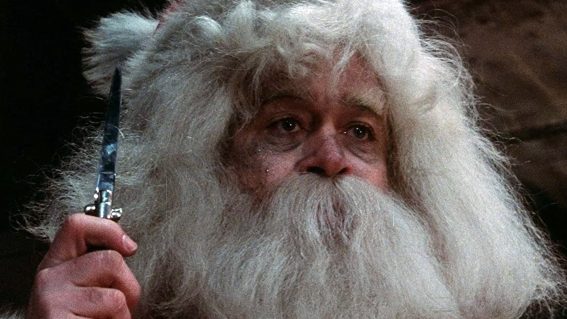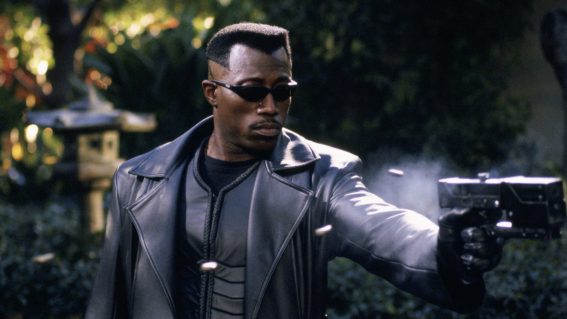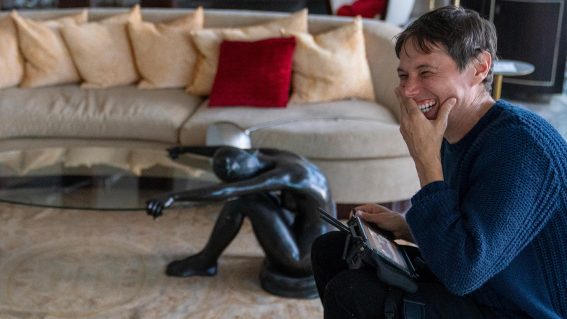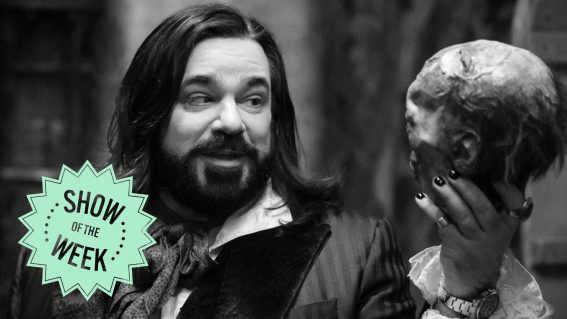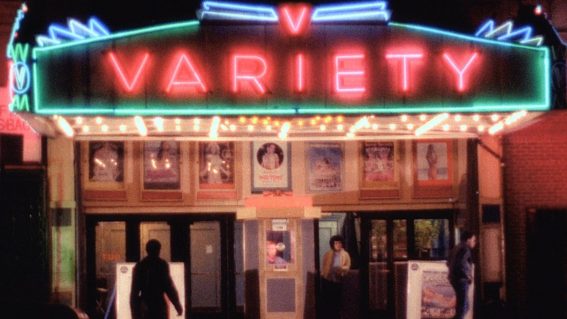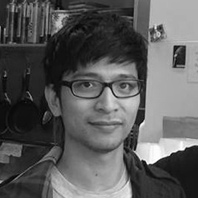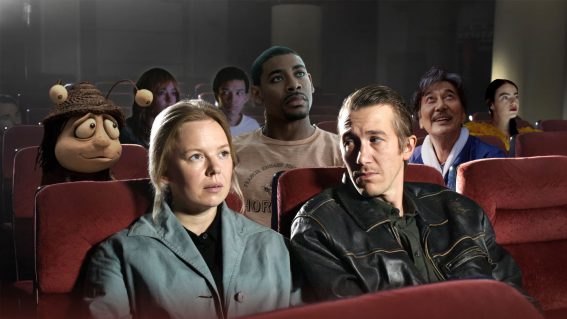From Utu to Ka Whawhai Tonu—a chat with director Michael Jonathan
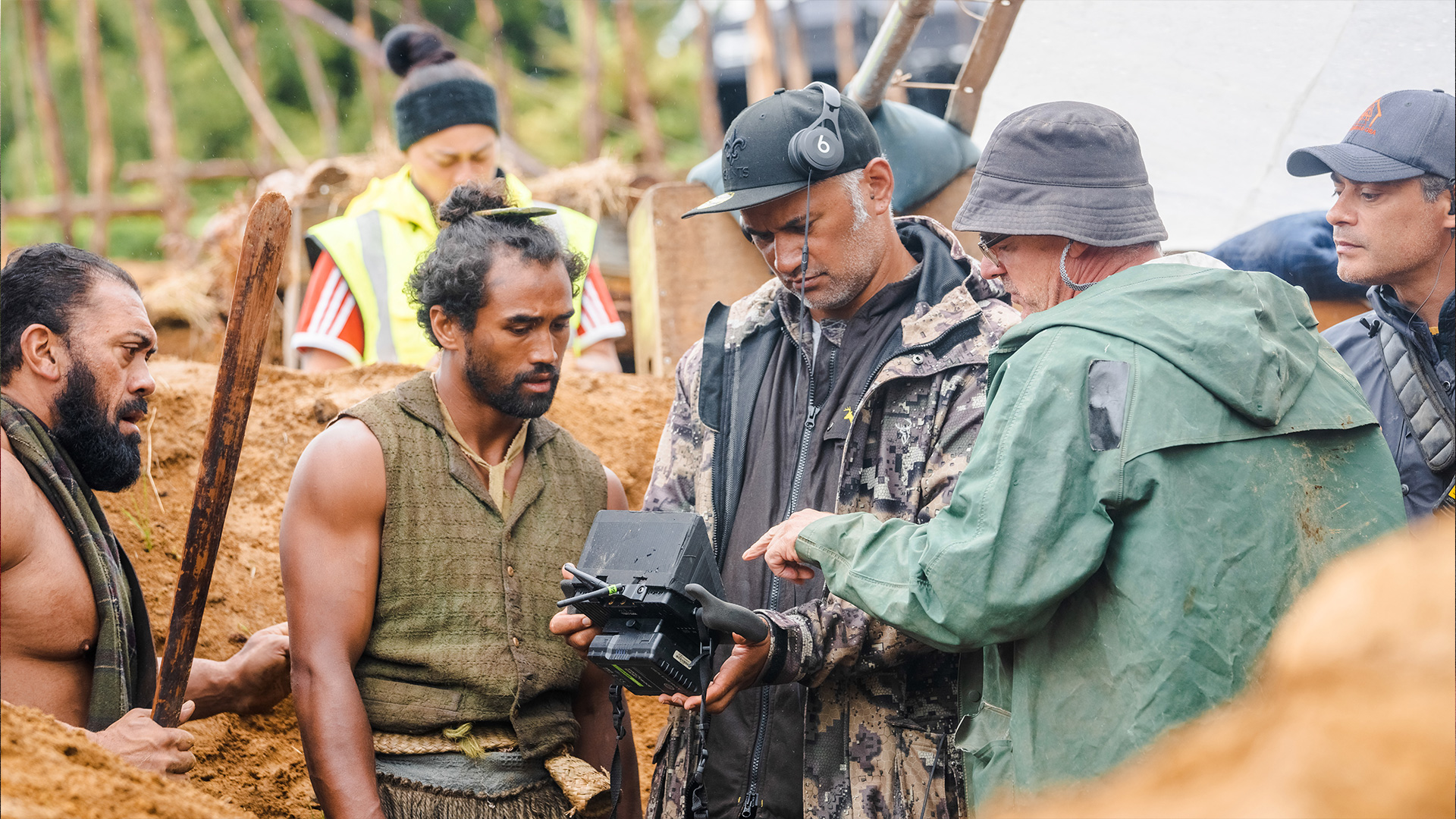
Aotearoa screen veteran Michael Jonathan makes his directorial feature debut with siege film Ka Whawhai Tonu – Struggle Without End. Telling a story set during a pivotal battle of the New Zealand Land Wars, Jonathan shares his experience with this unique production.
There’s probably no better time to talk to a filmmaker than the day after a successful film premiere. Packing the Event Chartwell cinema with over 1,300 people, the New Zealand premiere of Ka Whawhai Tonu – Struggle Without End won’t be an experience the film’s director, Michael Jonathan, will forget.
“Last night was crazy good,” Jonathan confirmed “I’ve never experienced anything like that before in my life. I mean, it’s my first feature film. It’s on my iwi home soil and the place where I grew up in Gordonton, Hukanui Marae of Ngāti Wairere, the hapū, my grounds of the Kīngitanga, in Waikato.”
Set in 1860s Aotearoa during the New Zealand Land Wars, specifically the siege of Ō-Rākau, the story revolves around teenagers Haki—a half-caste boy-soldier captured by the Māori resistance—and Kōpū—a Māori girl reluctantly cast in the role as a medium for her tribe’s war god. Despite their perilous circumstances, which sees the resistance fighters greatly outnumbered by the invading British Imperial Army, the pair develop a close friendship, and a shot at survival.
The script was written by Tim Worrall, perhaps best known for his work on TV shows Head High and Beyond the Veil as well as the segment Te Puuru in 2022 anthology film We Are Still Here. For Jonathan’s money, Worrall “is probably the best writer in Aotearoa right now.”
Jonathan wanted to show this historical event through the eyes of children, prompting Worrall to create these two fictional teenage characters. “All my short films have children in them,” Jonathan explained. “That’s my jam, man. That’s what I love to do—lift these kids up and show them in a really unique sense of positivity.”
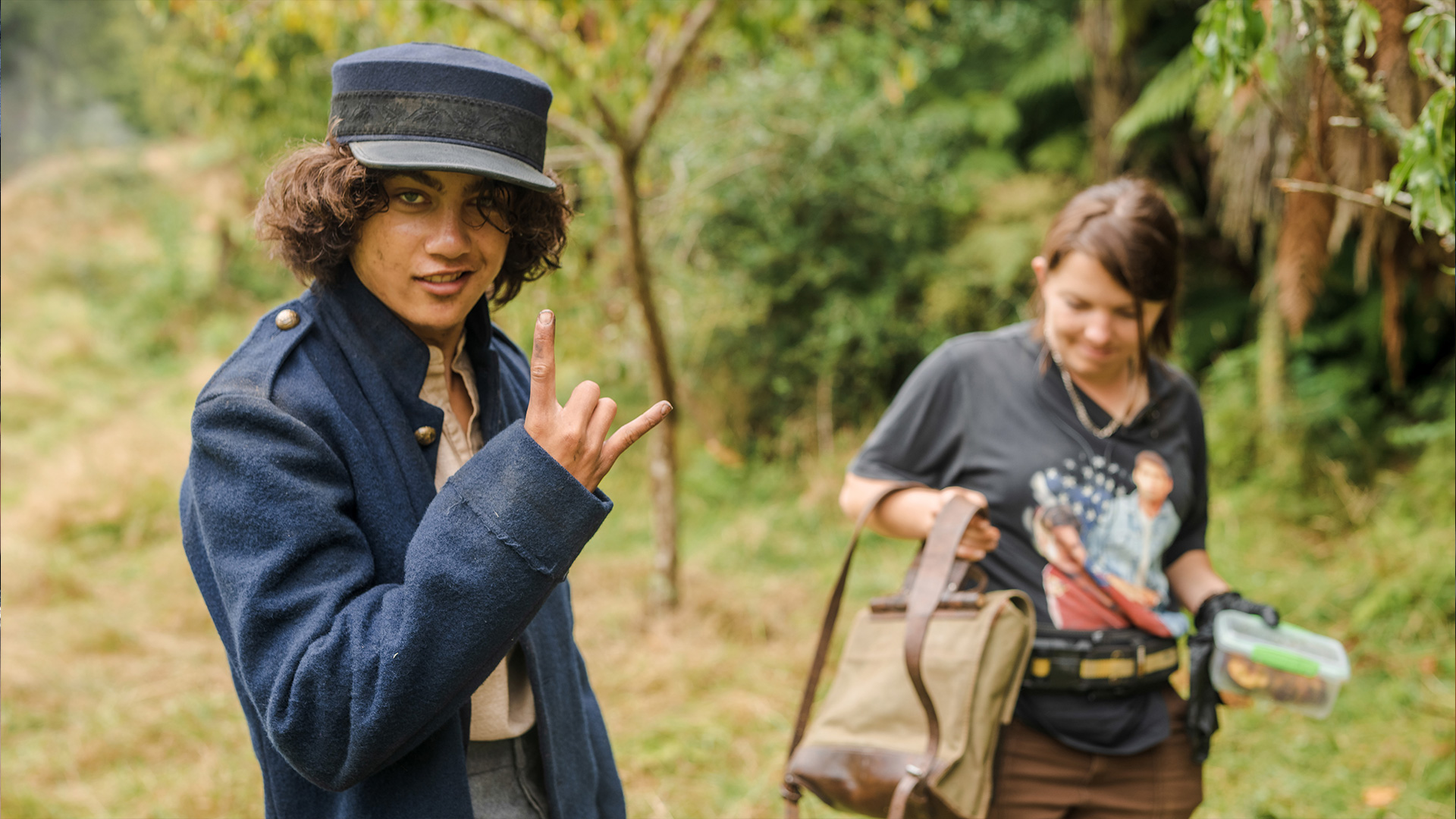
While Haki and Kōpū are the work of fiction, the production behind Ka Whawhai Tonu was built on years of research. “You try and find as many books on Ō-Rākau as you can and research the other battles. There was Rangiaowhia and Pāterangi. The British had 2500 Māori waiting for them before that time, until they bypassed, went to Rangiaowhia, invaded that place, killed thousands of people, and then went to Ō-Rākau after that. And then there were all the pakanga (battles) that happened afterwards. Tauranga Moana, Pukehinahina, Te Ranga, Taranaki, down to Wellington.
“You need to know that timeline to see where Māori were at. You get a sense of these guys being battle-ready. They’d been in lots of battles, so they don’t shift as much in a bunker when they hear bullets going past or explosions. That was part of the world building, telling the actors, ‘You’ve been here before, this is not new.’ At first, they were ducking around going all over the place, but it was like, ‘Nah, nah, nah, just chill.’”
The production’s also notable for reaching out to all relevant iwi and getting them involved in the telling of their history. “In our industry, we like to use their land, give them a fee, and go away. I wanted to do more than that. I wanted the iwi to be fully involved, from the people of the land that we built the set on to the people of the actual battle of Ō-Rākau. There’s multiple iwi involved in Ō-Rākau, and pockets of hapū and tribes that helped support that event. I made it my priority to gain their permission to tell a side of their story, or just to listen, and interpret the world building of this movie.”
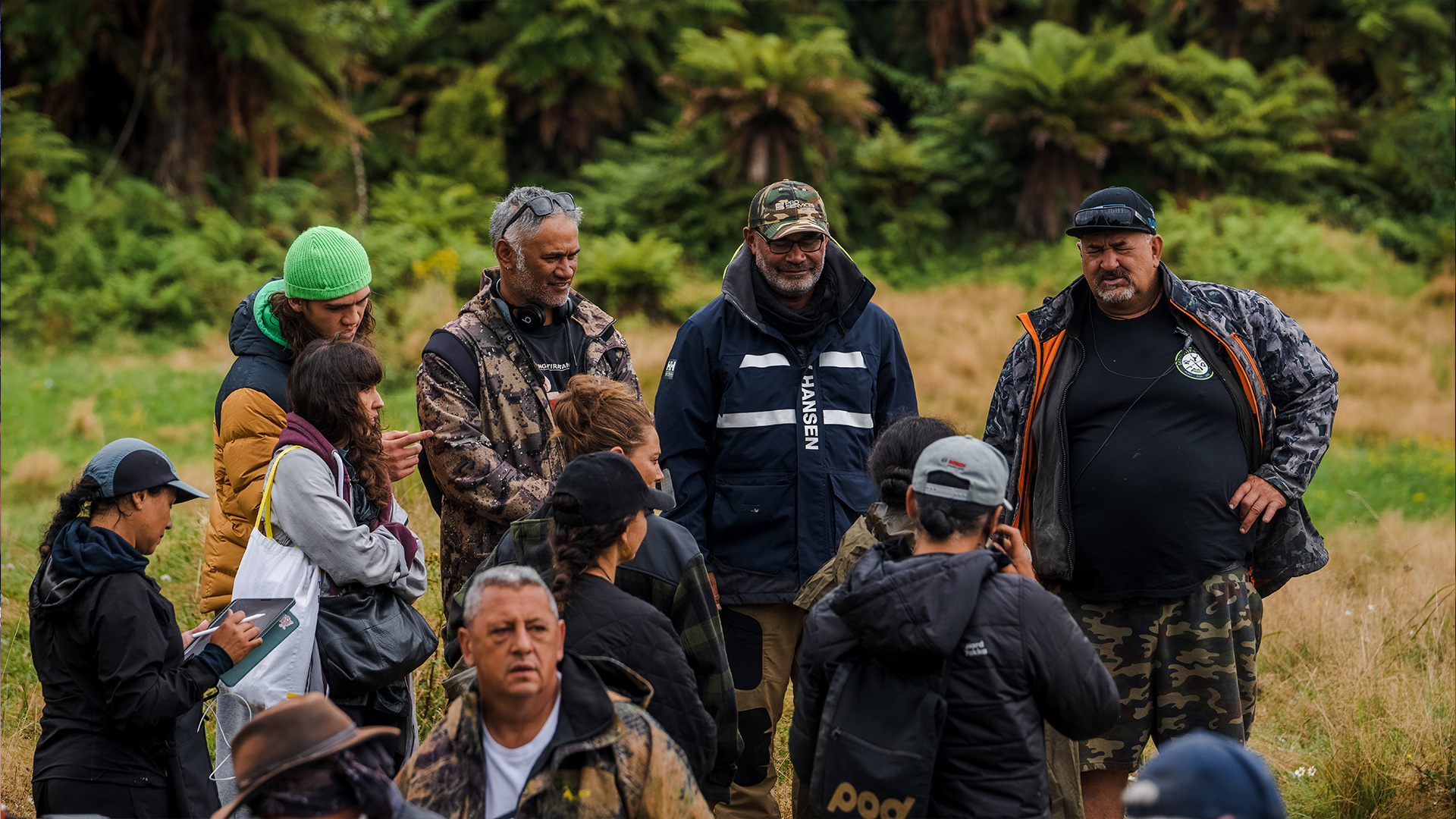
It’s a decision that Jonathan looks back on fondly. “In between takes, I’d look around and see all the amazing people surrounding me. I’d look at the costume department, makeup, the lighting team, the grips… I look around at my team and feel absolutely inspired to see so many Māori. It’s very special to me that there are all these trained Māori in these departments to help with the film.
“Everyday, they turned up and gave me everything. And I think after that first day that we shot, they knew we had something special, and they wanted to work more and put all the effort into it. I’ve just got so much gratitude for that.
“I saw my friends, my family, my son’s on set as a second AC. To see him walking around and with his clapperboard… it’s just hugely inspiring for me and for the other Māori and Pākehā and Pacific people who want to be a part of the industry. My thing is to bring us all together.”
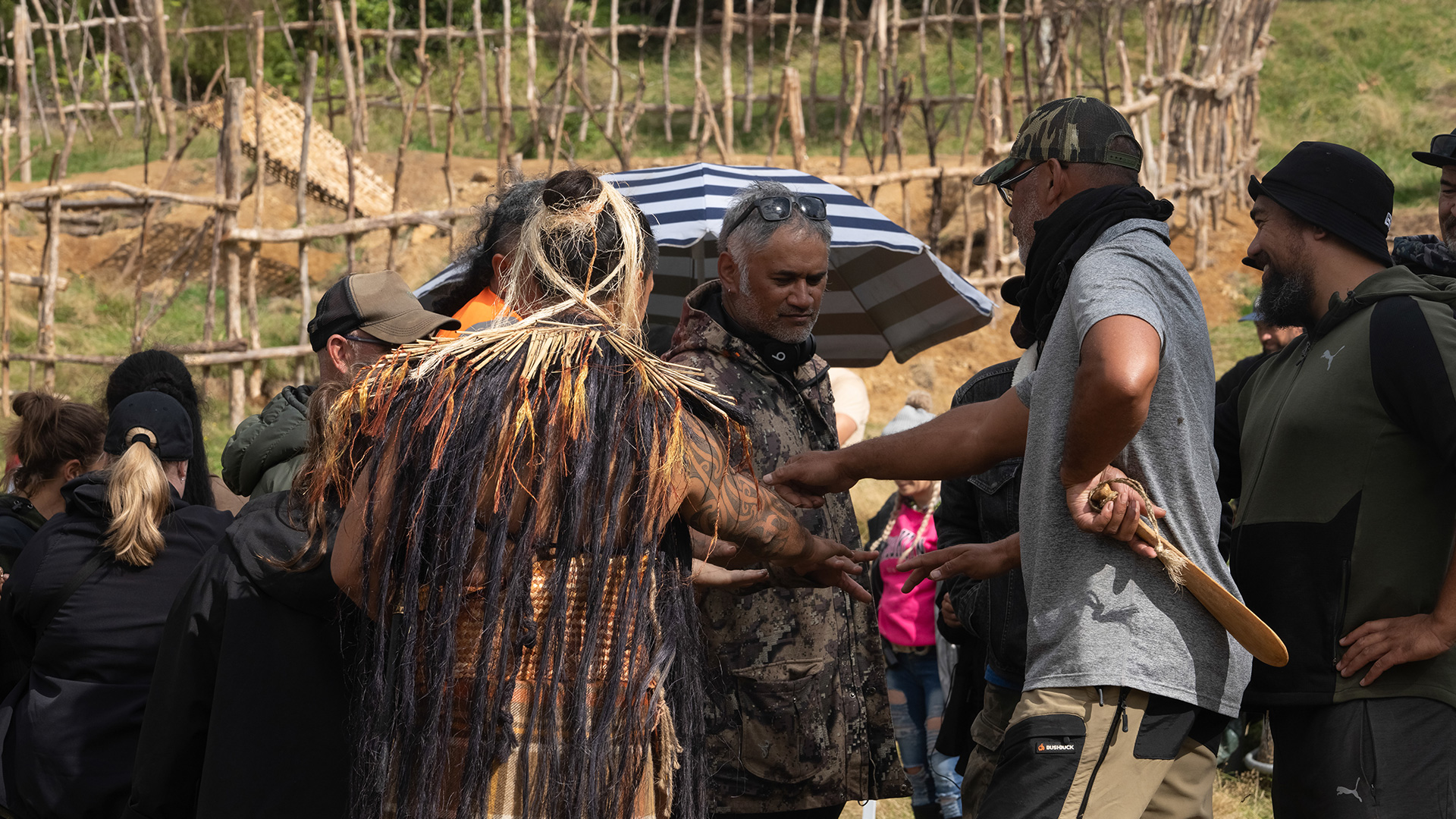
Jonathan cites 1984 classic Utu, also set during the New Zealand Land Wars, as a big inspiration not just for his film, but his whole career. “I was nine years old, watched it in the Taumarunui Regent Theatre with my mum… seeing Māori faces on the big screen, and falling in love with Merata Mita—that was my first film crush.
“After that, I knew exactly what I wanted to do: I wanted to make movies. I wanted to be just like Geoff Murphy and Merata Mita, to do that for others what it did for me. It made me cry. It made me angry. It made me, as a nine-year-old, go through all these feelings. 40 years later, we’re making Ka Whawhai Tonu.
“I’m inspired by directors [like] my mentor Toa Fraser—he’s amazing. Of course, Peter Jackson, the most famous New Zealand director, I can’t help but follow him and love his mahi. Roger Donaldson, as well. I remember watching his short film Big Brother Little Sister [Donaldson was DOP on the short], amazing film about two kids growing up in the urban city, where they’re from outside of the city, just trying to get through life. Those stories mean a lot to me. Kiwi stories. Stories with Māori in it really resonate with me—Muru, The Convert, all those things have a connection to me that I will take and put into my learning basket.”
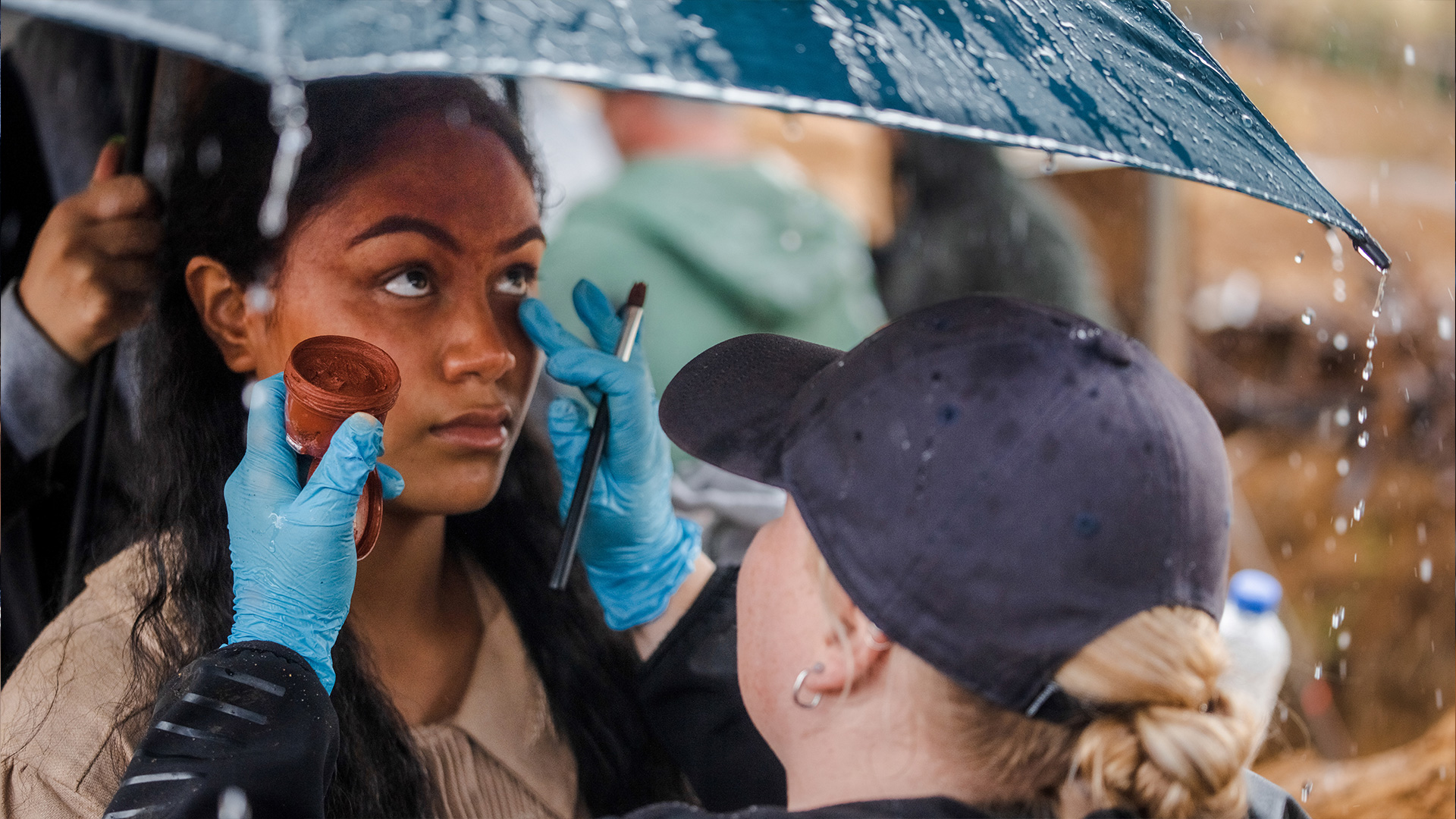
For Ka Whawhai Tonu, Jonathan worked with another NZ screen legend, Temuera Morrison, who’s also the director’s really good friend and whanaunga (relative). There was, however, some initial challenges the director faced when working with Morrison, as relayed through an anecdote he shared (complete with a flawless Tem impression).
“He’d [Morrison] always be looking at my script going, ‘Hmmm… Geez, who wrote this?’ And I’d be going, ‘Just read the script and make sure you read the others.’ What I know, is that he just reads the script, goes on set, does his thing, and gets out of there. He did exactly that. He only read his lines. I said, ‘I’m gonna give you five more minutes to read the other lines, so you know exactly where we are.’ And he still didn’t really get it.
“I had to give him context about the big speech at the start of the film, I needed to really put him in it. I said, ‘These are actually the words from Rewi Maniapoto, your tupuna, your ancestor, and you need to get in there now. Because what you’re doing… it’s shit.’
“I saw this change in his face, which is at the start of the film. We start rolling. He looks up at me and just puts on this amazing performance that I’ve never ever seen him do before. My eyes were welling up. I looked around, everyone else was crying. It was so powerful. I just knew we had something special. And he did that not once, but like three times for us, that scene. It’s so, so good. He picked that energy up and put it into the next scenes. He really got it. And I’m so happy he got it because I love that fella to bits.”
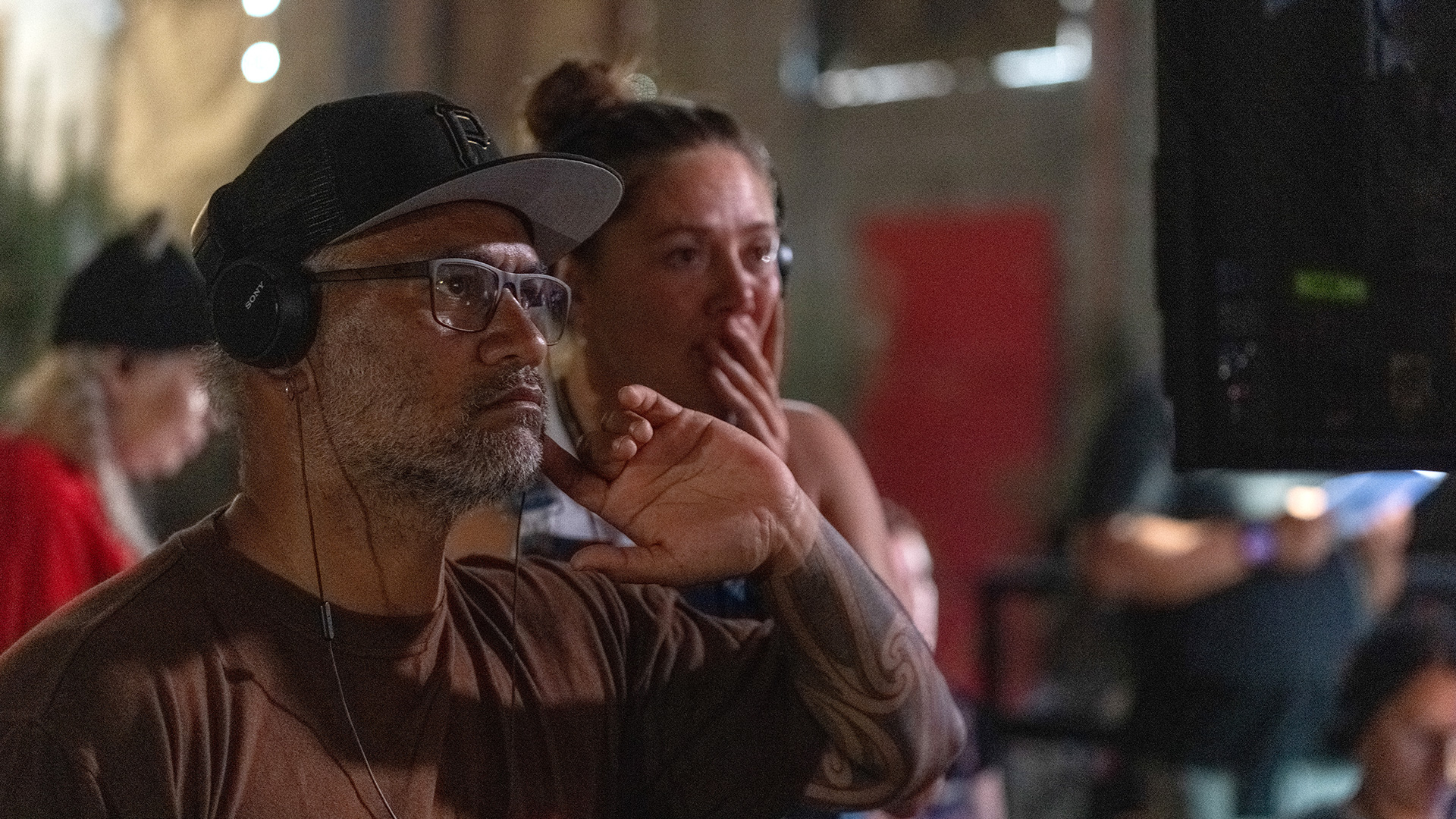
I suggested that perhaps Morrison respected the stern talking to. “He’ll take the mickey out of me anytime he can,” Jonathan quickly replied. “It’s his 50 years of acting this year. And what a taonga he is, in Aotearoa and the world.”
Jonathan also sang the praises of Ka Whawhai Tonu’s DOP, Grant McKinnon. “He’s a guy I’ve worked with for years. And he did my short film Ow, what!? for absolutely nothing. I said to him, ‘Should we do a film together?’ Any he goes, ‘Yep, I’m keen.’ As simple as that. He’s a lighting gaffer and he wanted to be a DOP. With this film, he killed it. Absolute legend.
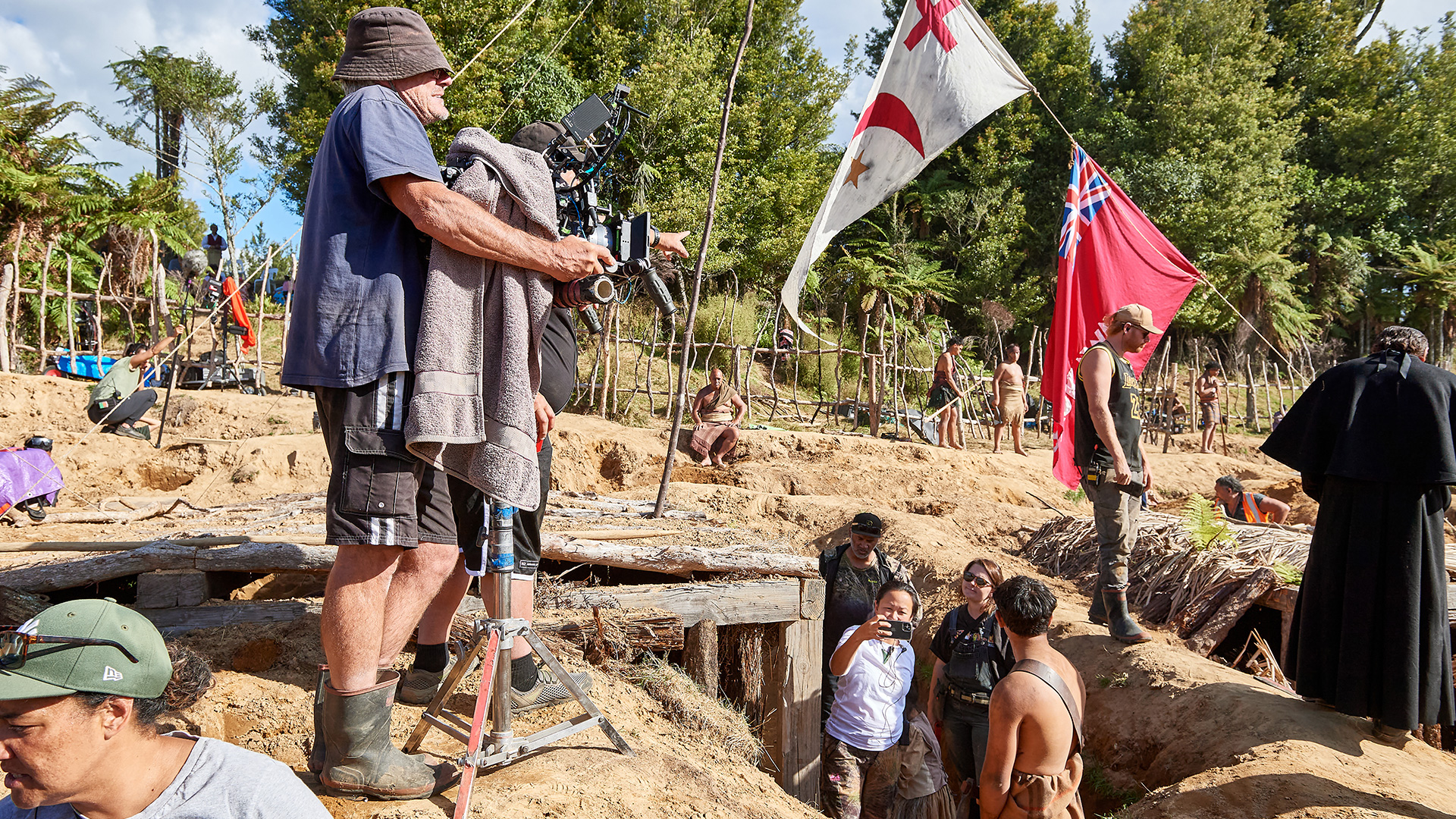
I was also struck by the cinematography when I saw Ka Whawhai Tonu and wanted to know more about how the pair arrived at the film’s look.
“The look comes from Grant. He came up to me and said, ‘I want to do Colin McCahon.’ And I went, ‘Funny you say that because, in form two, in the early ’90s, I studied McCahon because of his landscapes and the way he uses light and shade.’ That was what we were replicating. I love that he said that and wanted to achieve that—and I really think that we did.
“I gave Cliff Curtis a look at the trailer, way before it came out. He was like, ‘Wow, I’ve never seen anything like this for a war movie.’ And I said, ‘Yeah, because we wanted something different. We wanted to give it something else and be really unique for us, you know, as Māori, as Aotearoa, as New Zealanders.’”


